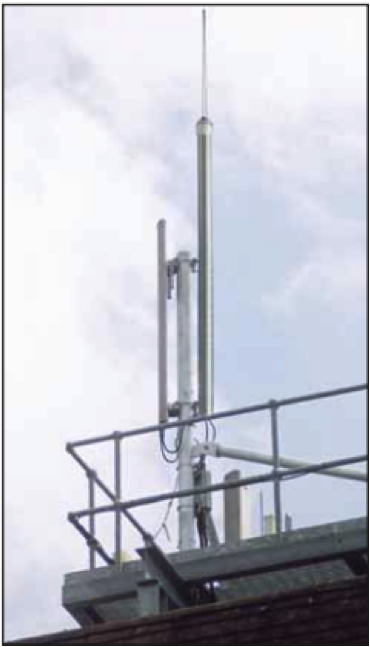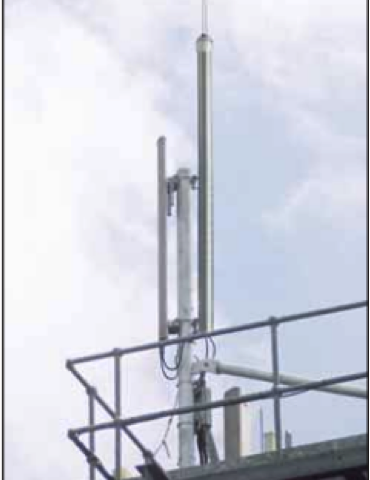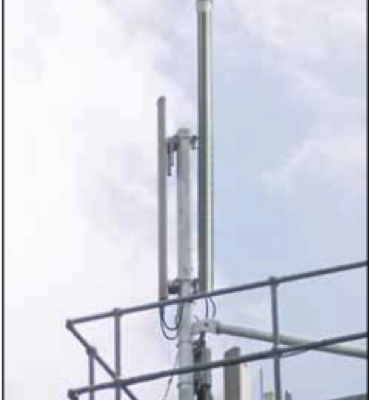 When it comes to the basics of lightning protection, two main systems are generally implemented: Isolated or non-isolated systems.
When it comes to the basics of lightning protection, two main systems are generally implemented: Isolated or non-isolated systems.
Non-isolated systems are commonly used to protect metallic items on a structure from potential lightning hazards. A non-isolated system is made up of a network of air terminals, down conductors and grounding electrodes that are installed on the structure and in the earth.
In comparison, isolated systems use a similar network as listed above, but the system utilizes fewer components, which are designed to carry strikes on a specific path to the grounding system.
When electrical engineers decide between an isolated or non-isolated lightning protection system, several factors must be taken into consideration. Read on to learn about the design and when to implement an isolated lightning protection system.
How an Isolated System is Designed
Isolated systems have a multi-layered insulation and semi-conductive outer sheath. This provides a resistance from the upper terminations down to the first grounded bonding point, which eliminates partial discharges. Partial discharges on bare conductors may form on the cable surface during immediate voltages, which can cause thermalization or breakdown.
Typically, this arrangement requires a special layered termination fitting that’s made of metallic, stress-relieving and anti-tracking components.
When to Implement an Isolated Down Conductor System
An isolated down conductor system provides the same materials and cross-sectional area as other IEC standards compliant down conductor. However, isolated systems have highly insulated coverings.
Insulation provides a separation distance that is equal to that provided by an air gap of 1 meter, so the risk of a side flash is reduced. This can help in structures with critical electronic equipment nearby.
A common implementation scenario for an isolated lightning protection system is a tall support mast. A conventional air terminal is mounted at on the top of the mast, which provides required protection using the IEC 62305 Protection Angle Method (PAM) design.
Keep in mind that a hybrid approach has been created for modern rooftop equipment. This hybrid method uses an isolated down conductor with a semi-conductive coating that allows installers to maintain the separation requirements independently from the routing equipment.
Looking for more information on isolated down conductor systems for lightning protection? Download our full report here, and learn why you may want to consider an isolated system for protection. Or, learn more about our ERITECH line of isolated down conductors.


